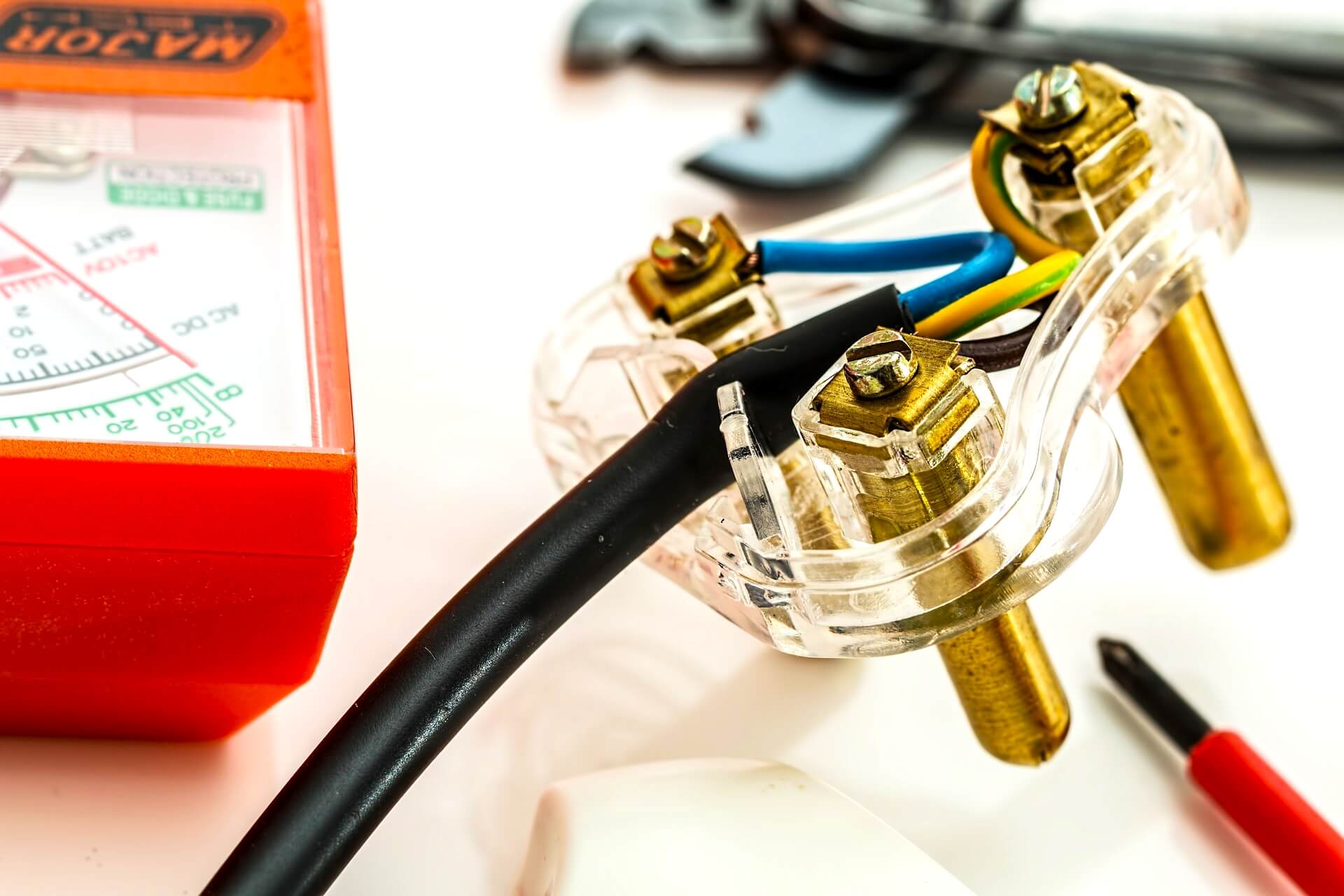In this post, we will learn the difference between power cables and instrument cables.
In a control circuit, there are two types of cabling – power and control. A control cable is also called an instrument cable. It is important for an electrical engineer to understand the difference between both these types, as only these two types of cables are the most used ones.
As the name defines, a power cable is used for higher voltage transmission. In your home, suppose you are powering a mixer. Then, you must have seen that the cable size will be thicker and larger, which is used to power the mixer. This is a power cable.

Power cable is used to handle high voltage and current (typically up to 400 A and 32KVAC).
For automation and instrumentation control, this type of cable is used. An instrument cable is thinner in size and can handle only a smaller amount of voltage and current (typically up to 24VDC and 20 mA).
All the instruments, field devices, and controllers like PLC require this type of cable to control electrical flow.
The following points focus on the differences between instruments and power cables.
In this way, we understand the difference between power cables and instrument cables.
If you liked this article, then please subscribe to our YouTube Channel for Electrical, Electronics, Instrumentation, PLC, and SCADA video tutorials.
You can also follow us on Facebook and Twitter to receive daily updates.
Read Next:
Learn the example of flip-flop PLC program for lamps application using the ladder logic to…
In this article, you will learn the STAR DELTA programming using PLC controller to start…
Lube oil consoles of rotary equipment packages in industrial process plants are usually equipped with…
Rotating equipment packages such as pumps, compressors, turbines need the lube oil consoles for their…
This article explains how to blink lights in ladder logic with a detailed explanation video…
In this article, a simple example will teach you the conversion from Boolean algebra to…